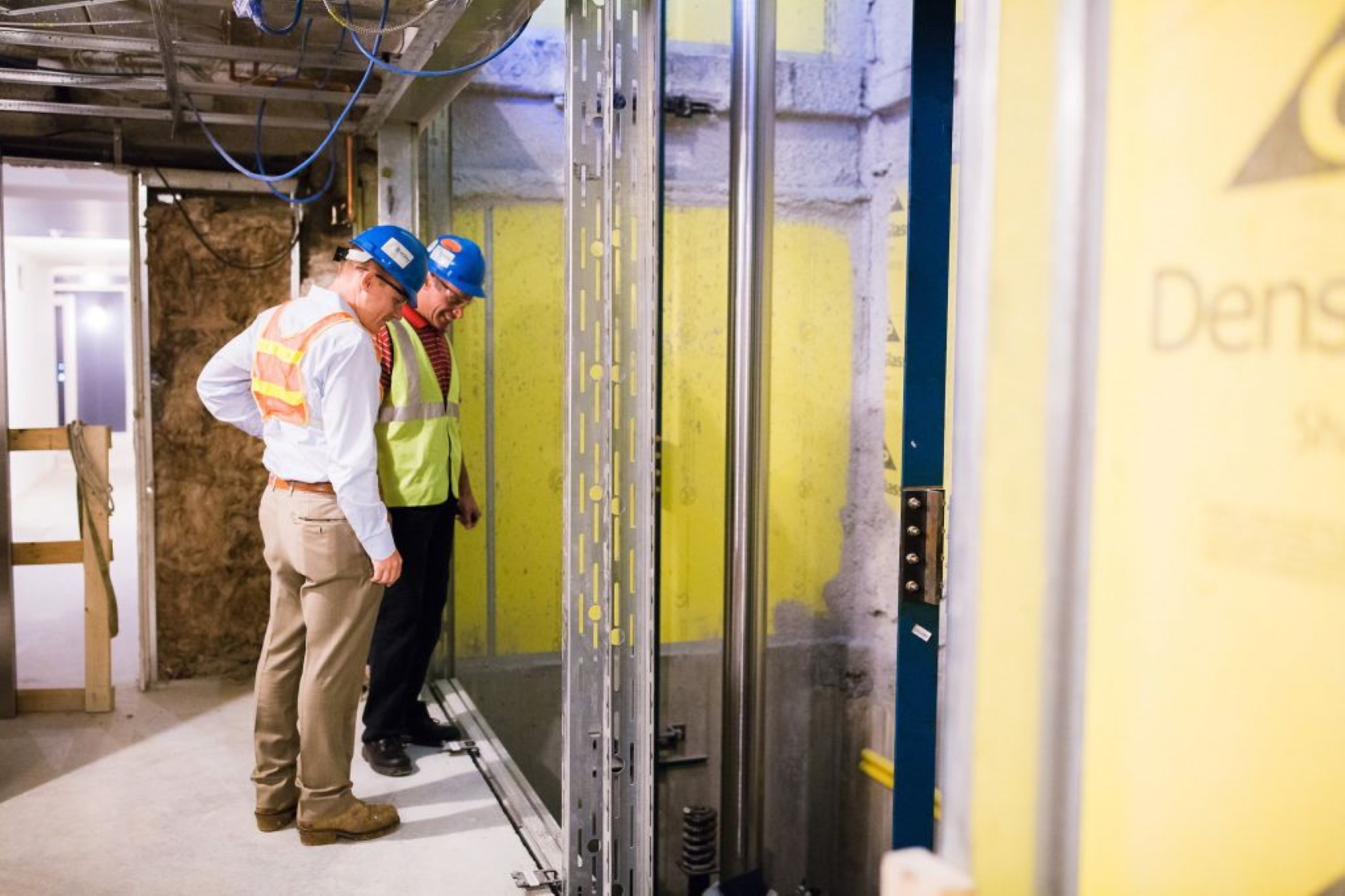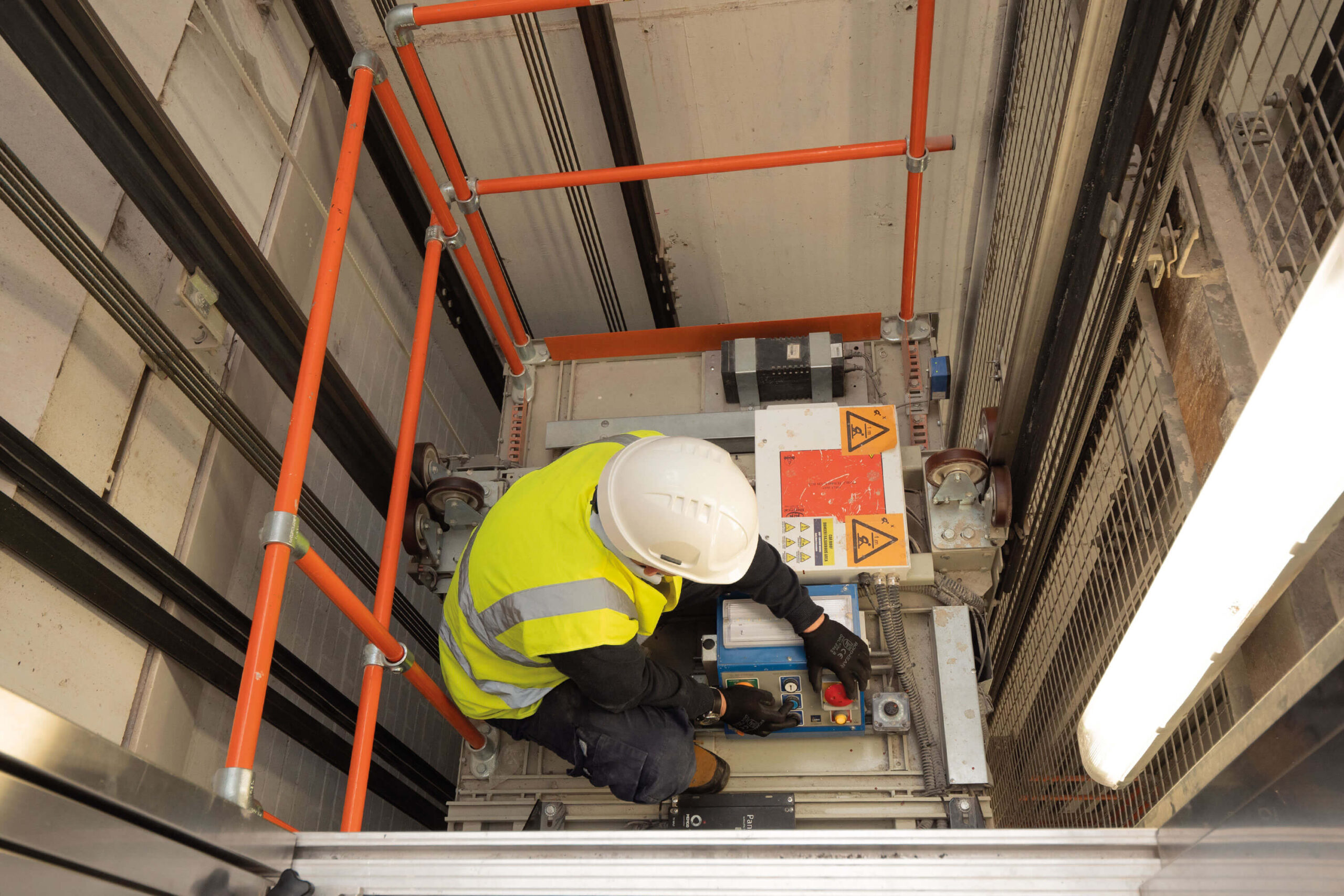Comprehensive Elevator Maintenance-- Keep Your Elevators Running Efficiently and Safely
Comprehensive Elevator Maintenance-- Keep Your Elevators Running Efficiently and Safely
Blog Article
Comprehensive Upkeep List for Ensuring Ideal Efficiency of Platform Lifts for Handicapped Individuals
Keeping the optimum efficiency of system raises assigned for people with impairments is a critical facet of guaranteeing their safety and security and ease of access. There is a critical element usually neglected that can significantly impact the overall performance and security of these lifts.
Assessment and Cleansing Procedures
To make certain the optimal functioning and safety of system lifts, extensive and regular assessment and cleansing procedures need to be vigilantly followed. Any kind of indications of wear and tear, uncommon noises, or breakdowns should be attended to promptly to preserve the lift's performance and stop mishaps.

Lubrication and Oiling Strategies
Routine maintenance of platform raises expands beyond inspections and cleaning treatments to include the crucial aspect of lubrication and oiling strategies for optimum performance and long life. Lubrication plays a crucial function in making sure smooth procedure and avoiding wear and tear on moving components. When it concerns system lifts for impaired people, proper lubrication is important to preserve safe and dependable capability.
To start, it is important to use the appropriate kind of lube for each component of the platform lift. Various components might call for particular lubes such as silicone-based or lithium-based oils. Frequently evaluating the problem of the lube and making sure appropriate degrees are kept is crucial to avoid rubbing and corrosion.
Moreover, oiling strategies should be performed adhering to manufacturer guidelines and upkeep schedules. Over-greasing or under-greasing can both lead to functional concerns, so it is essential to strike the ideal balance. By adhering to a thorough lubrication and oiling routines, platform lifts can run successfully, silently, and safely, ultimately profiting the individuals that count on them for accessibility.

Electrical System Checks and Examining
Upkeep of system raises includes detailed checks and extensive screening of the electrical system to ensure optimum efficiency and security. The electric system is a vital component of platform lifts for handicapped people, as it powers the lift device and various security features. Throughout maintenance, it is vital to inspect all electric links, electrical wiring, and components go to my site for indications of wear, rust, or damage. Specialists need to examine the capability of essential electrical components such as the control panel, sensors, emergency situation stop button, and power supply to determine any type of possible issues that can affect the lift's operation.
Regular testing of the electric system is essential to protect against malfunctions, minimize downtime, and ensure the safety and security of lift customers. click here to read By focusing on complete electric system checks and screening as part of regular upkeep, system lift proprietors can extend the life expectancy of their tools and provide a safe and secure transport service for individuals with disabilities.
Safety And Security Mechanism Verification

In addition, the over-speed guv, an important safety and security function that prevents the lift from relocating too promptly, should go through complete testing to confirm its effectiveness. It is likewise vital to check out the interlock system that makes sure the doors are safely locked while the lift is in operation. Routine verification of these security systems is critical in upholding the security criteria of system lifts and guarding the health of individuals.
Emergency Situation Preparedness and Reaction
In times of dilemma, a distinct emergency readiness and feedback strategy is essential to making certain the safety and security and safety and security of system lift customers. Platform lifts are important for allowing impaired people to gain access to different degrees of buildings, making it vital to have measures in place for emergency situations. Emergency situation readiness involves carrying out routine drills to familiarize customers and team with discharge treatments in situation of power interruptions, mechanical failures, or other unexpected occurrences. It is necessary to this article prominently show emergency situation contact info and directions for customers in accessible layouts near the lifts. Maintenance workers need to likewise be educated to promptly react to emergency situation calls and fix any type of problems successfully. In addition, establishing interaction protocols with pertinent authorities, such as building administration and emergency situation services, can assist in a collaborated response during crucial circumstances. By prioritizing emergency preparedness and reaction, platform lift operators can enhance the total safety and security and functionality of these vital ease of access devices for handicapped people.
Final Thought
Finally, normal maintenance of system lifts is crucial for making certain optimum efficiency and safety and security for handicapped people. elevator maintenance. By adhering to a detailed list that consists of assessment, cleaning, lubrication, electric system checks, security device verification, and emergency situation preparedness, the risk of malfunctions and crashes can be minimized. It is vital to prioritize upkeep to give a dependable and reliable methods of transport for people with specials needs
Report this page